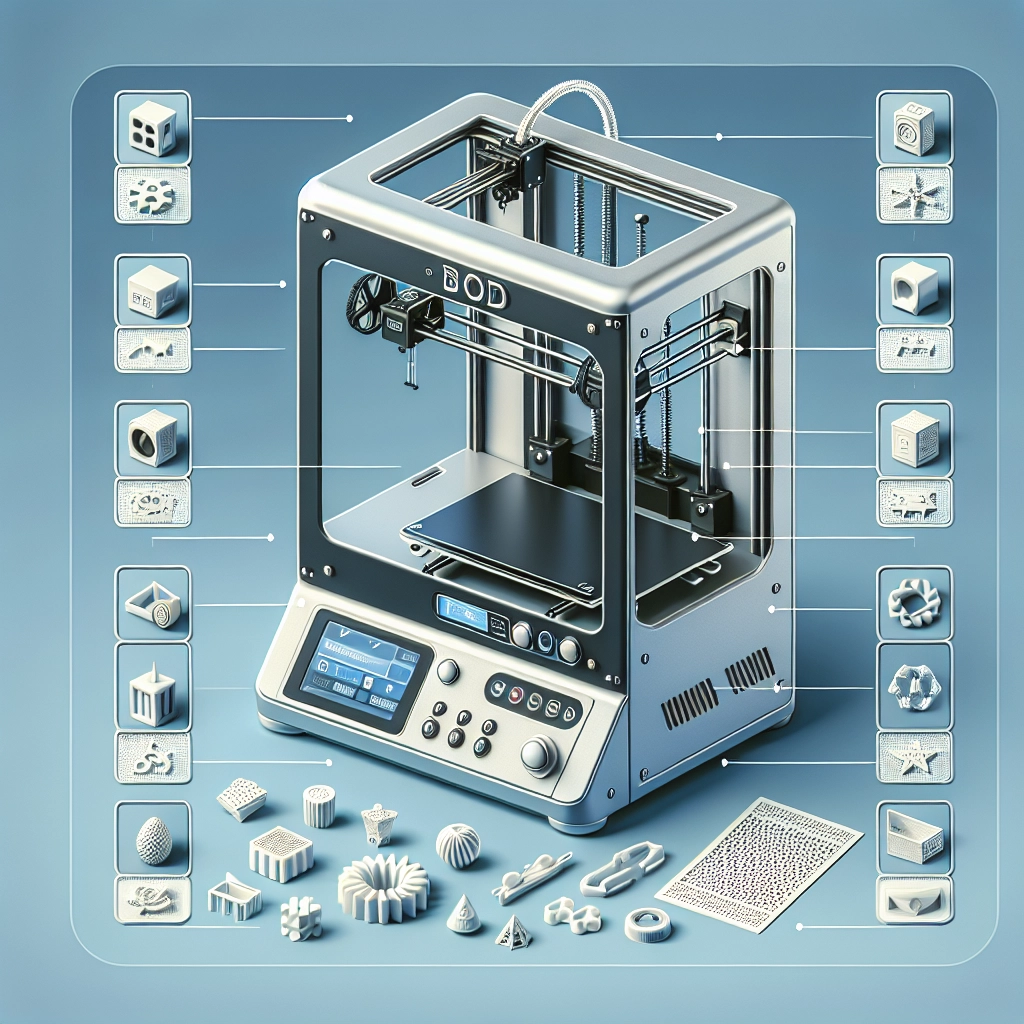What to Look for When Buying Your First 3D Printer
So, you’ve decided to dive into the world of 3D printing—exciting, isn’t it? There’s a lot of creativity and innovation waiting at your fingertips, but with all the options available, choosing the right 3D printer for your first experience can feel daunting. Don’t worry! To help you navigate this exciting venture, I’ve compiled some key factors to consider before making your purchase.
Understand Your Needs
First things first: what do you plan to print? Are you looking to create intricate models, prototypes, or perhaps even unique home decor items? Understanding your intent will significantly influence the type of printer you should consider.
If you’re a hobbyist looking to print toys or basic models, a budget-friendly FDM (Fused Deposition Modeling) printer with a decent build volume might be perfect for you. On the other hand, if you’re leaning towards more advanced projects such as miniatures or functionally strong parts, you might want to explore SLA (Stereolithography) printers, although they come at a higher price point and involve more maintenance.
Printing Technology
FDM and SLA are the two most common printing technologies you’ll encounter.
-
FDM Printers: These use thermoplastic filaments to create parts layer by layer. They are generally more affordable and user-friendly, making them ideal for beginners. The materials are widely available, and the technology is continuously improving, offering quality prints suitable for many applications.
-
SLA Printers: These use resin and UV light to cure the resin layer by layer. The detail and smooth finish of SLA prints are often superior to that of FDM printers, but they require more post-processing and can create plastic that’s more brittle. If that high level of detail is what you’re after, this might be the way to go.
Build Volume
Your printer’s build volume is simply the maximum size of the objects you can create. If you know you’ll be printing larger items, make sure to find a printer that accommodates that need. Many entry-level FDM printers have a smaller build volume, which means they’re excellent for small pieces and prototypes but will limit you when it comes to bigger designs.
Conversely, if you’re more focused on smaller, intricate prints—like miniatures or small mechanical parts—then even a smaller printer will be more than sufficient. Just keep your intended projects in mind!
Ease of Use
For many beginners, the ease of use can make or break the experience. Look for models that are beginner-friendly with easy setup and calibration. Some printers come with built-in WiFi, touchscreen interfaces, and even automatic bed leveling, which can save you a lot of headaches down the road.
Reading reviews and watching setup videos can provide insight into how user-friendly a printer is. Online communities are also invaluable resources for troubleshooting and user experiences.
Material Compatibility
Different printers are compatible with different materials. While many FDM printers work with various types of filament—such as PLA, ABS, PETG, and TPU—others have limitations. If you’re interested in versatility in your material choices, look for a printer that can handle a range of filaments, especially if you foresee wanting to print with specialty materials later on.
On the SLA side, you’ll find a more limited selection of resin options, and the choice can significantly affect both the final look of your print and its durability. Research the type of projects you wish to undertake before settling on a resin printer.
Budget Considerations
Price is, naturally, a huge factor in your decision-making process. You can find basic entry-level printers for a few hundred dollars, while more advanced models can climb into the thousands. It’s important to consider not only the price of the printer itself but also the ongoing costs of materials, maintenance, and additional equipment (like tools for post-processing prints).
Community and Support
Finally, consider the support that comes with the printer. An active community can be a lifesaver for first-time users. Look for brands that have comprehensive support, tutorials, and an engaged online community. You’ll be glad to have fellow enthusiasts to lean on when you encounter your first hiccup!
As you embark on your 3D printing journey, keep these factors in mind. The right printer can inspire your creativity and open up a world of possibilities. Don’t be afraid to do your research, ask questions, and weigh your options. Happy printing!

